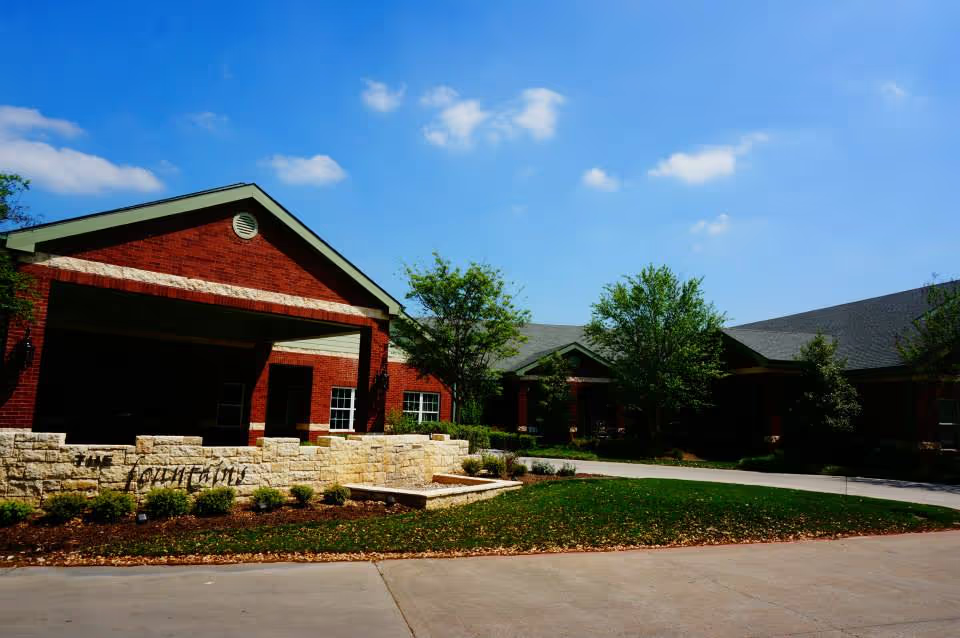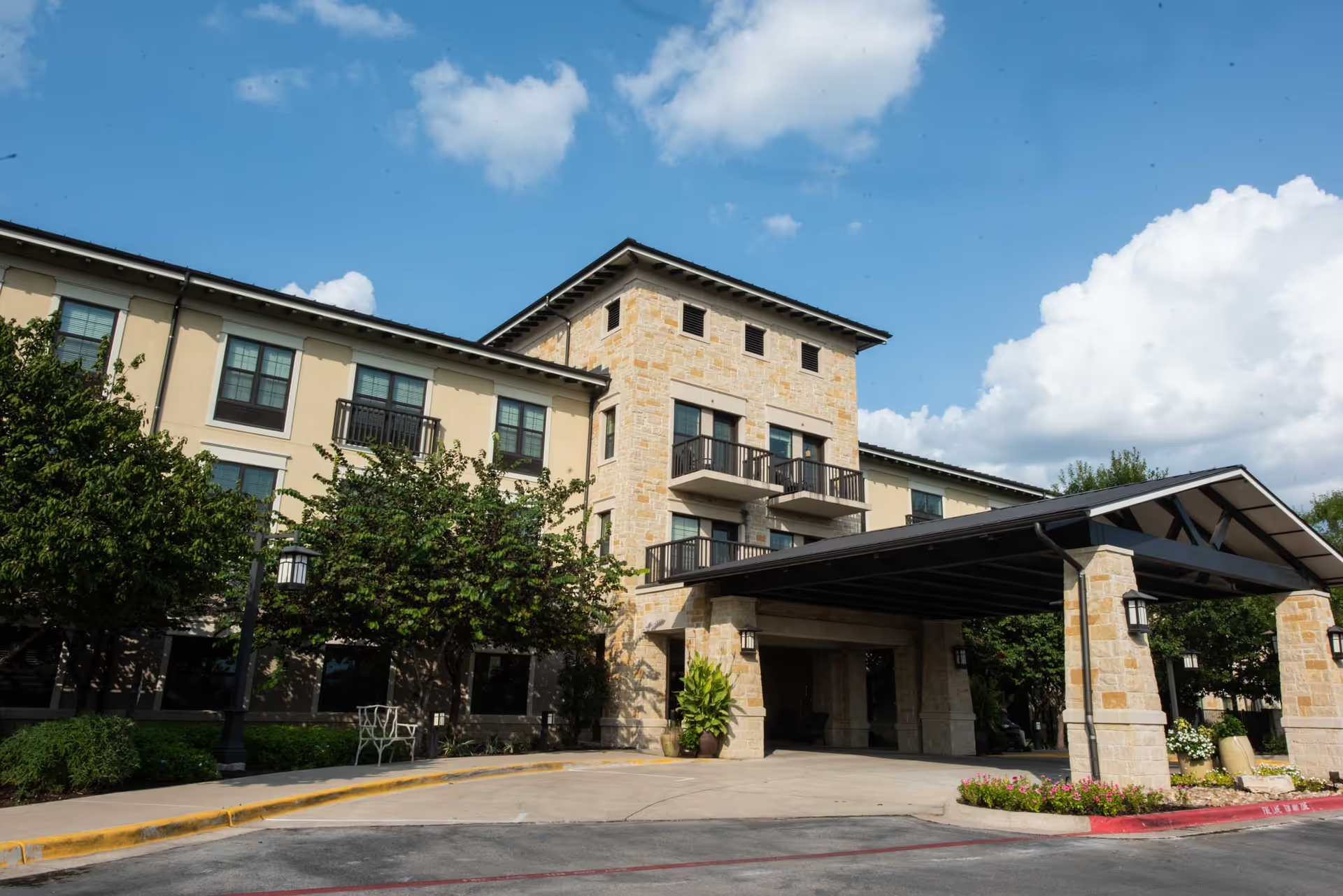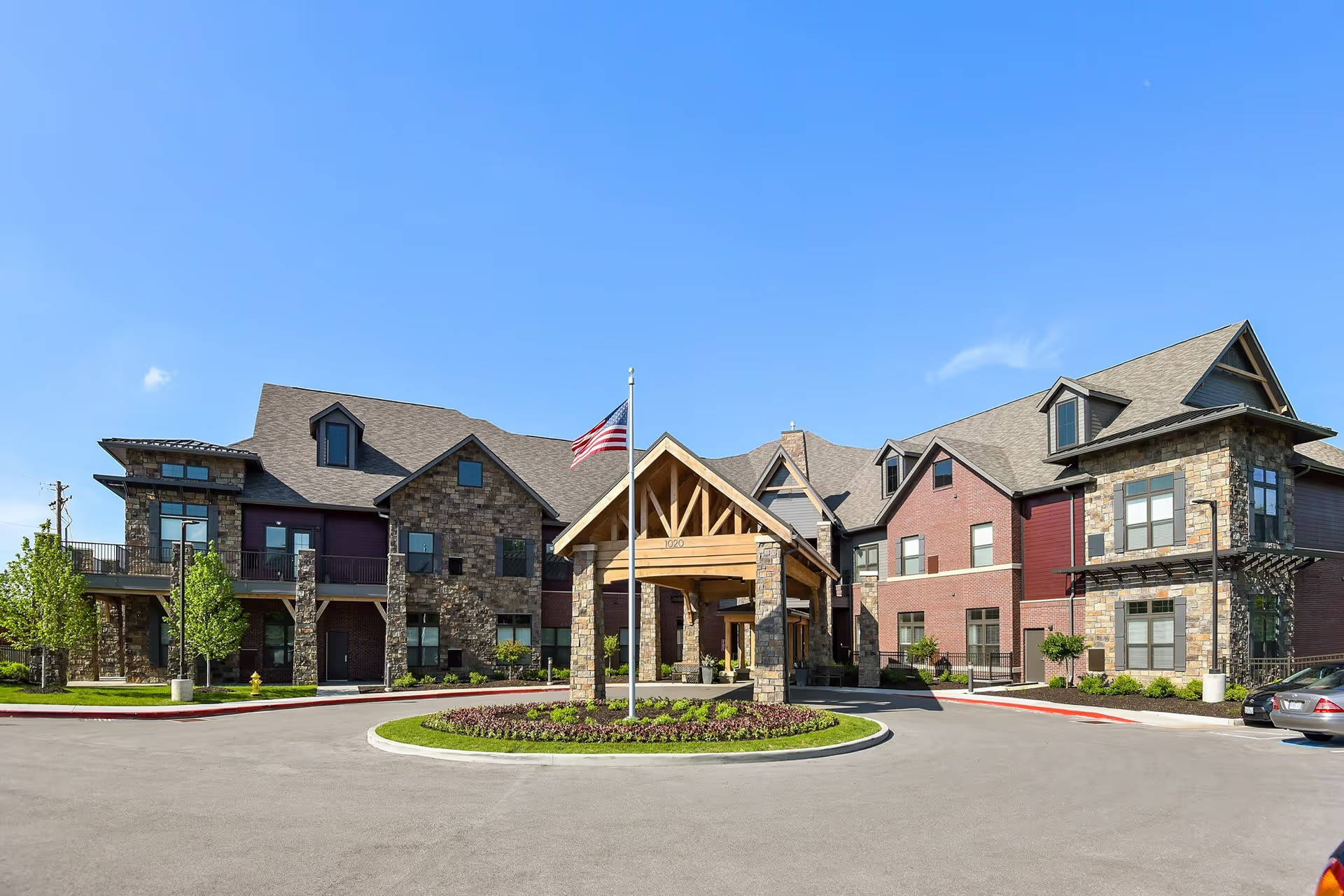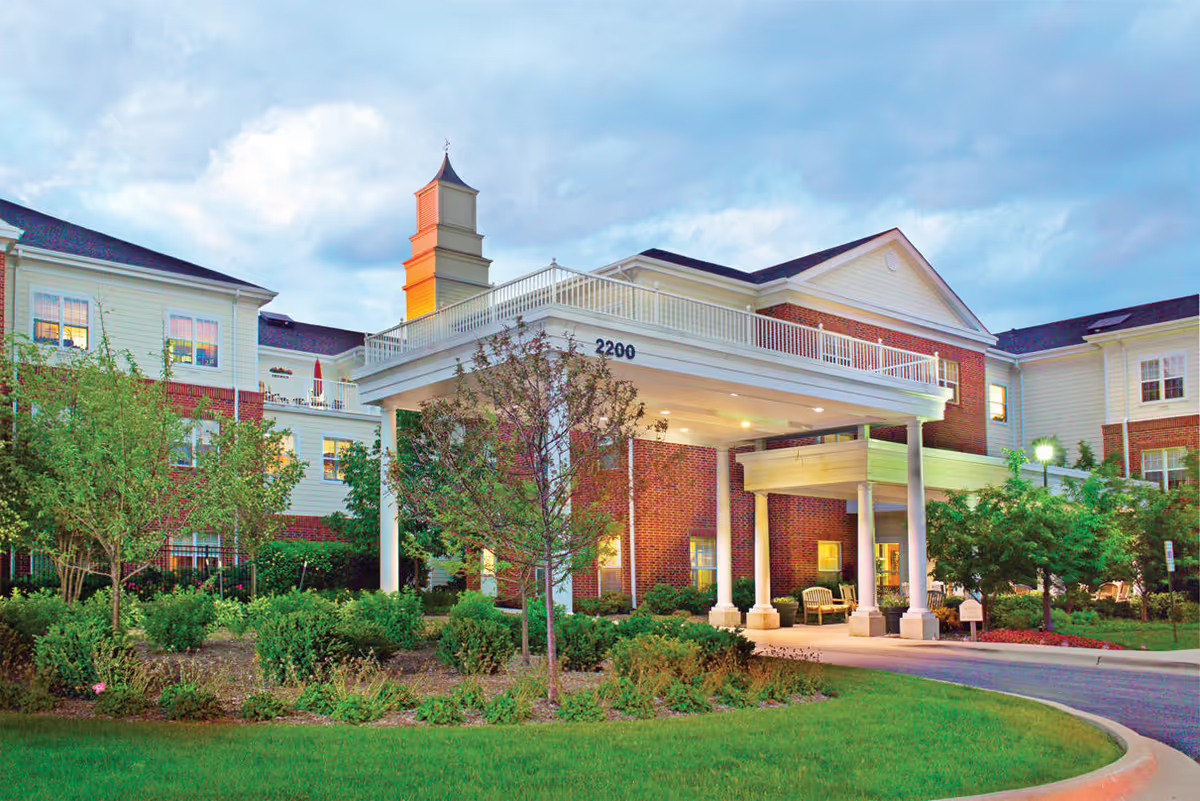Overall impression: Reviews for Villagio of Bradford Village are strongly mixed, with a substantial portion of reviewers expressing genuine satisfaction—especially for independent and assisted living residents—while a notable number report serious concerns about nursing care, staffing consistency, and dining/rehabilitation services. Many reviewers praise individual employees and leadership, cite long-term resident happiness, and highlight attractive grounds and community amenities. At the same time, repeated accounts of neglectful incidents, medication and IV problems, and service delays create a countervailing narrative that prospective residents and families should investigate carefully.
Staff and caregiving: The most frequently mentioned positive is the staff’s compassion and friendliness. Numerous reviews single out employees by name (notably Lydia Stewart, Stormie/Stormy, Mandy, Darla, Whitney, and Wes) as caring, helpful, and effective. Several reviewers describe staff as family-like, attentive, and the reason they feel secure and happy in the community. However, staffing consistency is a clear problem. Many reports cite short-staffing, frequent turnover, CNAs on phones, and variability in competence. There are multiple serious allegations of neglect: long waits for assistance (from many minutes up to hours), delayed administration of IV antibiotics, an ignored beeping IV machine, withheld medications (vertigo meds, eye drops), oxygen removal without replacement, and unmonitored or unclean bedside commodes. Night shift performance and a specific night nurse (Teresa) are singled out negatively. These safety-related complaints are significant because they speak to risk for residents who require dependable clinical care.
Facilities, rooms, and environment: Reviewers commonly praise the physical plant—attractive entry, well-kept grounds, gardens, outdoor patios, and cottages/duplexes that many residents enjoy. Amenities such as a library, gym, pool, and community rooms are noted positively. Yet the facility is repeatedly described as dated in places: wallpaper and decor that feel old-fashioned (pink and blue florals), rooms that are “OK” but not special, and calls for apartment and HVAC updates. Cleanliness impressions are mixed—many call the facility very clean with a pleasant smell, while others report urine odors in halls and specific sanitation failures. The size and layout (smaller community, cottages, fenced yards) are often credited with fostering social interaction and a home-like atmosphere.
Dining and nutrition: Dining receives strongly mixed ratings. Several reviews praise the dining staff and specific improvements in kitchen performance; some residents describe meals as delicious and the dining room as delightful. Conversely, many reviewers report poor food quality—cold meals, inadequate portions (examples include an insufficient breakfast), repetitive menus, and meals not designed for seniors’ health needs. There are alarming accounts tying inadequate meal monitoring to weight loss and malnutrition risk for vulnerable residents, as well as reports of food service inconsistencies. Some reviewers note visible improvements or that particular dining team members work hard, indicating variability over time and across shifts.
Therapy, rehab, and clinical services: Occupational and speech therapies are frequently commended, and some families report satisfaction with residents meeting rehab goals and returning home. Nonetheless, several reviewers are dissatisfied with skilled nursing rehabilitation, describing it as “awful,” with poor outcomes and apparent regression—especially following an ownership or management change. The combination of intermittent good therapy services and longer-term concerns around skilled nursing consistency suggests the level of care a resident needs should be a key screening question.
Activities and social life: Activity reports are inconsistent. Many reviewers praise robust programming—Bingo, cafeteria socials, big bands, university-partnered programs, and a variety of options to stay active. Other reviewers describe a sedated atmosphere with few activities, suggesting programming quality and engagement may fluctuate with staffing and resident mix. Still, multiple long-term residents express satisfaction with the social environment and daily offerings.
Management, communication, and patterns over time: Multiple reviewers link declines in care quality to a management or ownership change, noting a perceived reduction in consistency and clinical vigilance. Communication is also mixed: some families report proactive, clear communication and appreciation for leadership, while others fear deception or feel concerns are dismissed. Named individuals in leadership receive praise in numerous reports, but the recurrence of serious care-related anecdotes indicates systemic issues that may not be fully controlled by front-line managers.
Notable red flags and risk indicators: Several specific and serious incidents are mentioned repeatedly—delayed IV antibiotics, ignored IV alarms, withheld medications, oxygen removed, unmonitored dining leading to weight loss, and extended waits for basic care (e.g., toileting changes). These items are high-priority concerns for anyone considering the community for a resident with significant medical or nursing needs. Night shift performance and staff responsiveness are specifically identified as weaker areas.
Overall assessment and guidance: Villagio of Bradford Village appears to provide an appealing community environment for many independent or assisted living residents—especially where social connection, grounds, and named compassionate staff are priorities. However, for residents requiring reliable skilled nursing, medication management, or close clinical oversight, the reviews raise sufficient concerns that families should exercise caution. Recommended steps for prospective residents/families: schedule multiple visits including at least one during a night or weekend; meet clinical leaders and ask about staffing ratios, turnover, and specific protocols for IVs/medications; request recent incident/inspection reports; observe meal service and cleanliness during a mealtime; talk to current residents and families about changes over time; and confirm contingency plans and accountability processes following the management change. In short, the community has many strengths and devoted staff members, but inconsistent clinical care and staffing issues have produced serious adverse reports that merit careful, targeted evaluation before making a placement decision.







